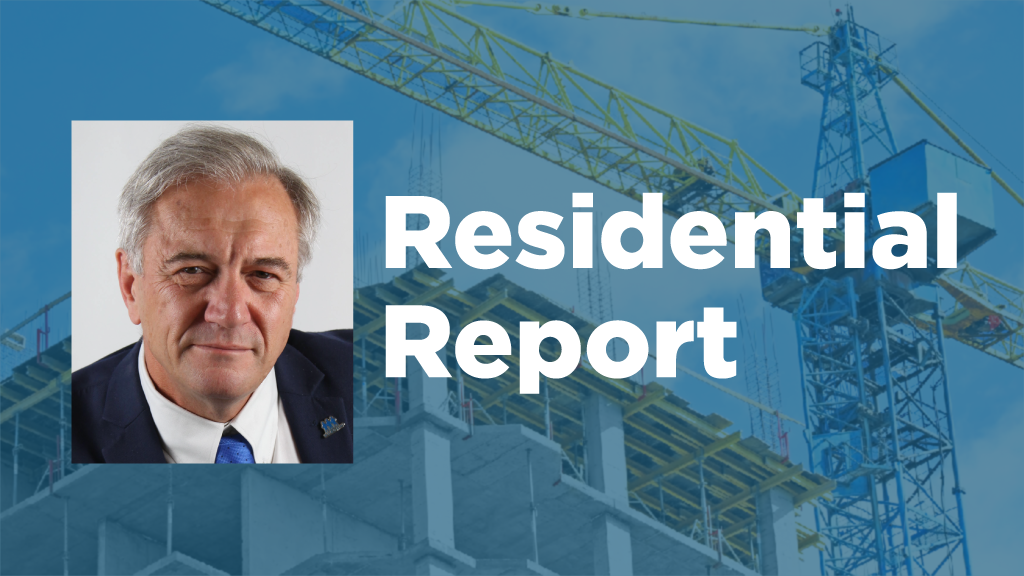To build enough homes to restore affordability to the market we must find ways of improving productivity in the residential sector and specifically look to offsite housing construction as one of the solutions.
Don’t get me wrong, there are plenty of remedies that must be adopted to cure what ails the market. We have systemic issues, a perfect storm of high interest rates, excessive taxes, fees and levies, ridiculous red tape and slow approvals processes that are stymieing the homebuilding market.
But offsite construction, which entails prefabricating homes or panelized housing in a factory setting and shipping them to the site when completed, is certainly a key piece to solving the puzzle.
To simplify things, we would begin manufacturing new homes the same way we mass produce cars, cellphones or electronic gadgets. We’d build the homes in a factory and then truck them to the site for final assembly.
At a recent housing summit hosted by RESCON, Albert Bendersky of BECC Modular noted there is a 30- to 50-per-cent reduction in time spent on a site for mid-size projects when offsite construction is used. If that’s the case, we’d be able to build new housing faster and in a safer environment. While crews are preparing the foundation for a project, construction can begin in the plant.
Offsite construction is also more cost-efficient, it reduces waste, and results in lower carbon emissions. The construction sites are cleaner and obviously safer as there are fewer vehicles on site.
Tad Putyra, president and COO at Great Gulf Low Rise, told our housing summit that all the pieces are in place to make use of offsite construction. Building Information Modeling interfaced with CNC manufacturing equipment can provide precision accuracy when building a home in a factory.
Other countries have already jumped on the bandwagon.
In Sweden, for example, offsite construction now accounts for 84 per cent of the country’s residential construction market share. In Japan, 15 per cent of the country’s new homes are built offsite.
To get the ball rolling on offsite construction in a big way here, substantial investments would have to be made in manufacturing plants. Various levels of government could spur the construction of such plants by providing financial assistance and tax breaks for companies that invest in facilities.
Substantial research and development funding would also be needed for the industry to keep pace with new technology and building techniques.
There have been some baby steps made along this road.
As part of its HousingTO 2020-2030 Action Plan approved in 2019, the City of Toronto committed to creating 1,000 new modular homes. The modular housing initiative, launched in spring 2020, has so far resulted in seven sites being completed or underway, creating almost 400 modular homes.
In Vancouver, meanwhile, modular construction is being used to build a $50-million, 14-storey tower with 109 studio homes to Passive House green building standards along East King Edward Avenue.
In Ontario, the provincial government announced recently that, as part of its ongoing work to build 1.5 million homes by 2031, it is working on developing a comprehensive modular home strategy.
The strategy includes exploring the use of a request for qualifications process that will identify and pre-qualify companies that contribute to modular housing construction on the scale Ontario needs.
The government is also working to leverage surplus provincial lands and partnering with municipalities to leverage surplus municipal lands to help reduce the cost of building attainable homes, including modular homes.
Associate Housing Minister Rob Flack has said that “innovative options like modular housing will propel Ontario’s housing sector into a new era of affordability.”
However, it is critical that we act sooner rather than later.
According to a market survey released by Urbanation, there have been fewer launches of new condo projects in the GTA this year. Year-to-date presale launches total 13,197 units, down 36 per cent from the same period in 2022. Roughly 40 projects totalling 13,721 units that were expected to launch this year remain on the shelf.
This year in the GTA, year-to-date new condo sales of 9,568 were the lowest in 10 years and down 47 per cent from the same period in 2022.
These are not good numbers considering that we are in a generational housing supply and affordability crisis.
Presently, Ontario needs about 170,000 new homes starts and completions each year over the next decade, but the numbers are nowhere near that. We must think out of the box. Offsite construction would help.
Richard Lyall is president of the Residential Construction Council of Ontario. He has represented the building industry in Ontario since 1991. Contact him at media@rescon.com.







Recent Comments
comments for this post are closed